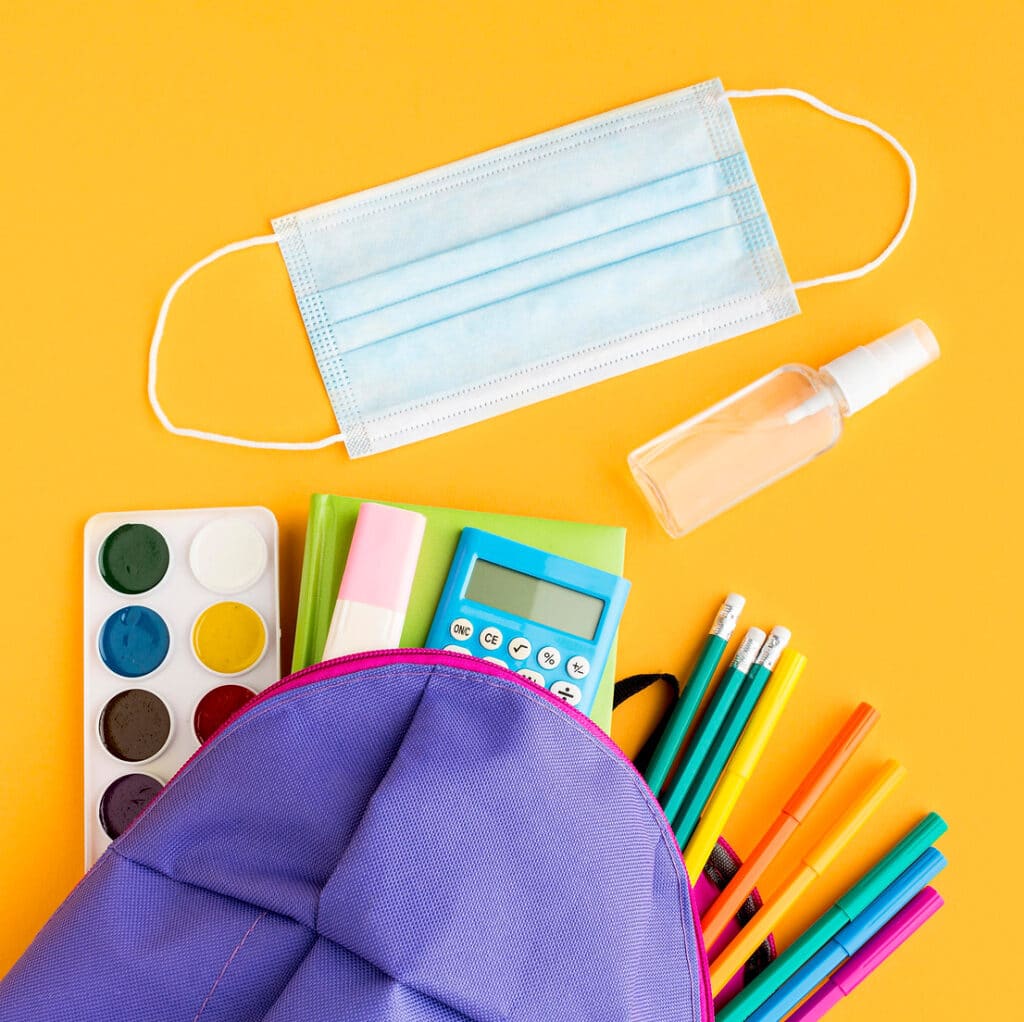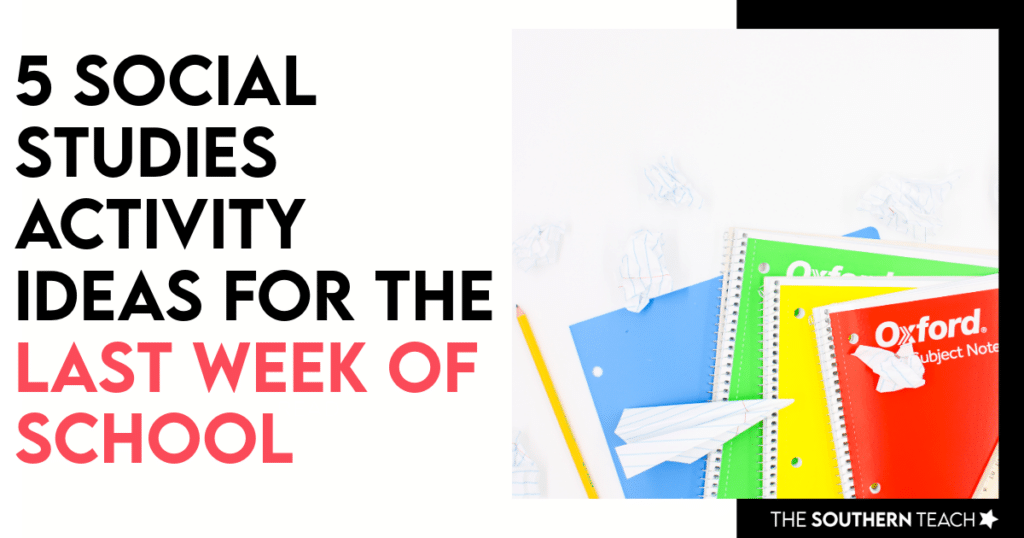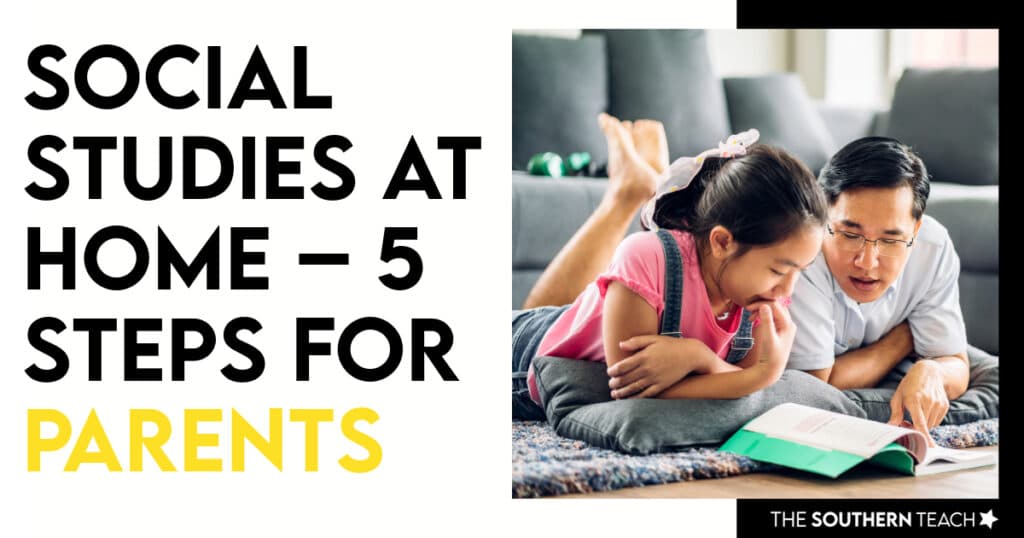9 Personality Types of Students and How to Support Them
By Kirsten Hammond
Share This Post:
How do you spend your free time after school? Maybe you are the adventurous type and head to your local rock-climbing gym. Maybe you go on an evening stroll listening to your favorite podcast after dinner. Maybe a glass of wine while you stream your favorite series (me!).
There are all types of students with hobbies and interests that make them unique! Each individual in your classroom has their own unique personality traits, abilities, and learning styles. It’s important to understand what usually motivates different types of students.
Here are the nine types of students you should know about that might be in your classroom:

1. The Perfectionist
The Perfectionist is one of the 9 types of students who won’t stop until everything is considered “perfect” to them. They may worry about being wrong or getting in trouble. You may see them feel at ease when given step-by-step directions. Perfectionists can be caught off guard by tasks with time limits or when speed is required – it’s a good idea to keep an eye on them if you’ve assigned that kind of work. Some have trouble getting started on creative projects.
2. The People-Pleaser
The People-Pleaser is always helpful, caring, and generous. They may worry about being not wanted and enjoy a smaller-sized classroom. People-pleasers seek acceptance, appreciate kindness, and highly value personal authenticity. Showing how pleased you are when they succeed is a great motivator for them. Be sensitive as to how to express disapproval or criticism to them, as People-Pleasers tend to fear rejection.
3. The Role Model
The Role Model wants to be successful and loves to have their successes publicly recognized. They may worry or be extremely embarrassed about failing. They thrive on a visible (or otherwise tangible) reward system. These students can be reliable classroom leaders, but watch out for conflict with other Role Models.

4. The Creative
The Creative is a deep thinker who brings a unique perspective to everything they do. They sometimes worry about being too plain, but they truly shine when they have the freedom to be creative. When working with these types of students, giving them open-ended prompts instead of strict, step-by-step instructions can help spark their creativity. It’s all about guiding them in a way that encourages original thinking. And when it comes to subjects they’re not naturally drawn to, making the learning feel meaningful—or at least capturing their attention in the moment—can make all the difference.
5. The Thinker
The Thinker is naturally curious and always eager to learn as much as possible. These types of students thrive when they have the space to explore ideas independently and can sometimes worry about feeling helpless when they don’t have all the answers. They do best when given patience and thorough explanations to satisfy their need for understanding. Often introverted, they may not always jump into discussions, but encouraging them to share their thoughts is important—finding ways to gently draw them into conversations can help them feel more engaged and valued.
6. The Skeptic
The Skeptic is a lot like the Thinker but with a more natural tendency to question everything. Usually more extroverted, they instinctively recognize that true certainty is rare, which is why they love to ask deep, critical questions. Sometimes, their curiosity can come across as distrustful or argumentative, but really, they’re just wired to challenge ideas and dig deeper. They thrive in a learning environment where questioning is encouraged, not shut down—where they feel safe to ask tough questions without fear of judgment or the assumption that they don’t trust their teachers.

7. The Life of the Party
The Life of the Party – or classroom – wants to be happy and is generally a very optimistic student. They may worry about being too bored and enjoy working at a faster pace. These types of students may be a leader or a rebel. They naturally engage with the class and can be relied upon to offer an answer or lead an activity when no one else does, but sometimes need to be calmed down to avoid dominating a conversation.
8. The Go-Getter
The Go-Getter is driven, confident, and unafraid to challenge others—including their peers and even their teachers! These types of students value strength and independence, and they can struggle with feeling too controlled. They thrive in a classroom with clear, fair rules that allow them some autonomy while maintaining structure. Pairing them with a Skeptic or Thinker who shares their interests can be a great way to channel their energy into meaningful discussions—and might even lead to strong friendships!
9. The Dreamer
The Dreamer wants to avoid arguments or conflict as much as possible. They may worry about people not getting along, or be overly quiet. They learn best in a peaceful and happy atmosphere. They may benefit socially from being grouped with The Life of the Party or Go-Getter. The Dreamer benefits when going first during any activity, as they tend to avoid disagreeing with other students.

Learn More About the Types of Students in Your Classroom
While there are some commonalities, all types of students have their own distinct set of characteristics, needs, wants, worries, and best ways to learn. Many show characteristics of multiple personality types, depending on their emotions and the setting or topic. As you read each description, you were hopefully able to visualize some of your students. Maybe you even saw one or two that resonated with yourself!
While it may be daunting to try to cater to ALL types of students in your classroom, it can be done – and the results are SO rewarding.
I’ve created a guide that dives into each of these student types and explains the Enneagram theory that aligns perfectly with all of the students that may be on your roster.
The Teacher’s Guide to Student Personality Types lays out for you an in-depth view of each personality type through the Enneagram theory and ways you can support each of your students in your classroom and help them thrive.
Click HERE for more information to understanding personality types!

kirsten hammond
Kirsten is a former 3rd and 5th grade teacher who loves helping upper elementary teachers by creating resources and sharing ideas that are engaging, research-based, and TEKS-aligned. She is a work-from-home mama of 3 rambunctious little ones and loves running, true crime, and lots of coffee.


















